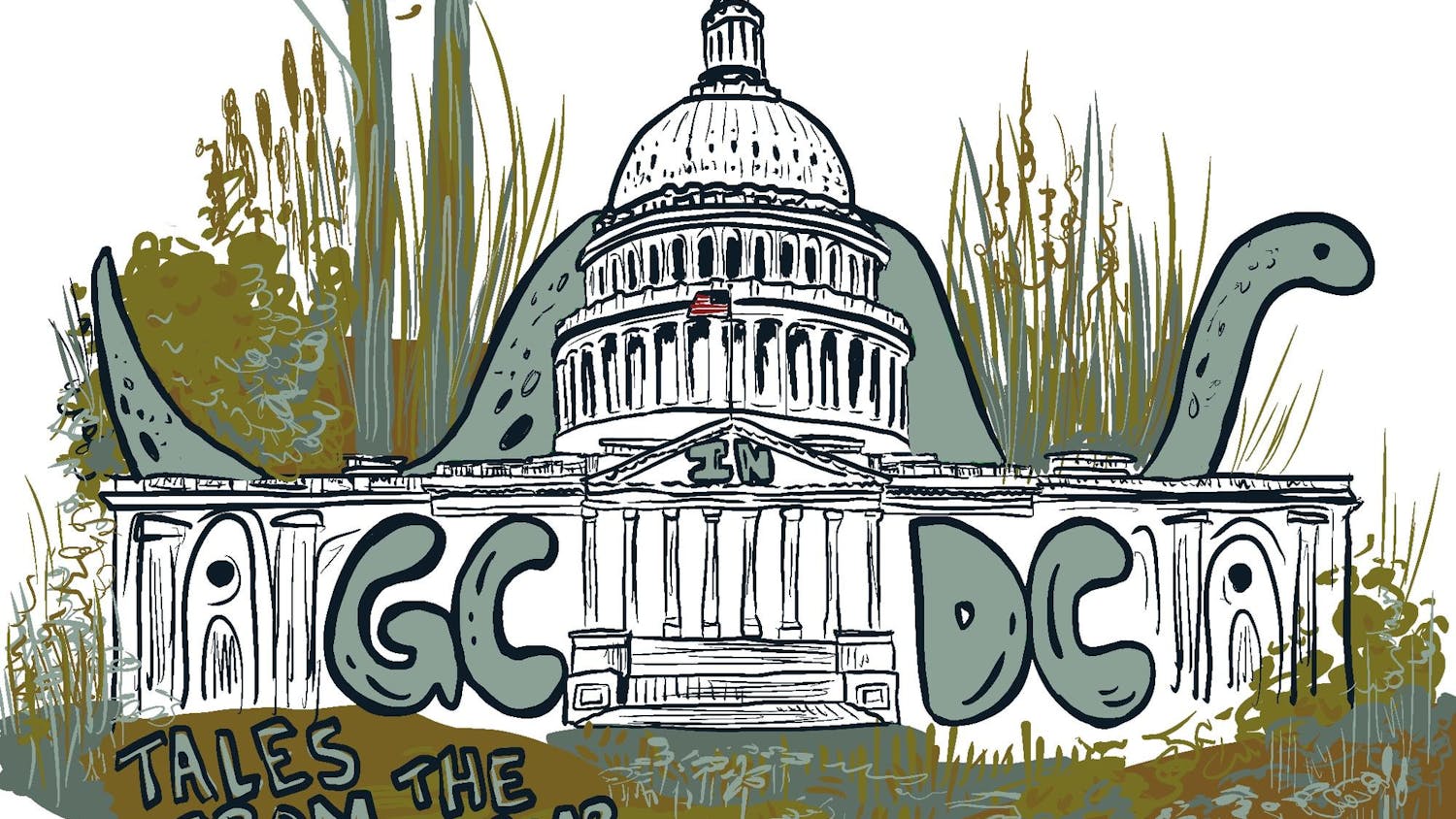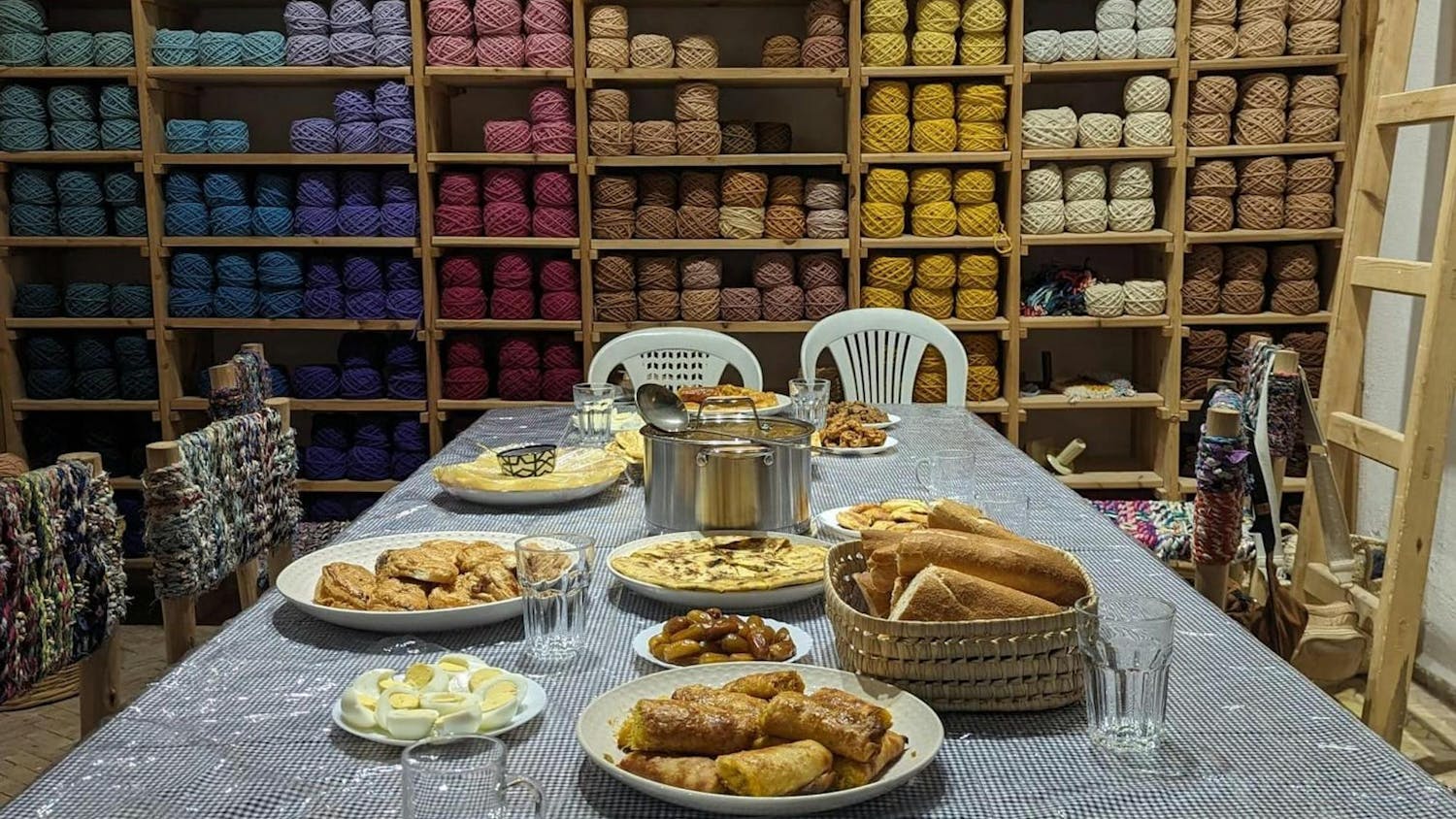Coffee — it fuels people around the world, but especially Americans. And it looks like our generation of driven, multi-tasking millennials are drinking the most. That’s right, Americans ages 19–34 account for close to half of the total coffee consumption in America — and that number keeps rising. Starbucks and Dunkin Donuts giggle with excitement as millennials guzzle down their ridiculously overpriced coffee and come back again the next day for another round. Most of you probably don’t care. After all, it’s just coffee … Why does it matter? Well, what if I told you that each time you decide to grab another cup o’ joe, you could be jeopardizing the lives of innocent songbirds?
All the millions of pounds of coffee that we down each year must come from somewhere, and that somewhere is Central and South America. Traditionally, agriculture in Latin America followed the shifting cultivation system, where farmers would grow crops in one small section of land, and then move onto a new section the following season. This required no outside inputs or major habitat destruction, as farmers could simply use the same five or six agricultural plots. However, in order to accommodate the massive demand for coffee worldwide, the shifting cultivation system historically employed by so many farmers has been replaced with intensified agriculture. Among a suite of downfalls, this intensified agriculture has resulted in the conversion of grasslands and forests into farmland, which has displaced hundreds of species of tropical organisms. Your cup of coffee costs way more than a couple of bucks — while we contently sip our coffee, birds pay the real price.
However, not all agricultural practices follow this intensified model. There’s a species of coffee plant that grows better in shaded areas, which gave rise to shade coffee farms. In these special coffee plantations, the understory of forests is cleared and coffee plants are introduced, effectively retaining the natural forest canopy and causing minimal disturbance to the surrounding ecosystem. As you may guess, this drastically improves the livelihood for local organisms — especially avian insectivores and pollinators, who rejoice from a buffet of insects (mainly coffee borers snacking on coffee beans) and abundant flowers eagerly awaiting pollination. Local birds in turn benefit the farmers as well by providing them with ecosystem services like pest control, thereby reducing their dependency on harmful chemicals like pesticides. Moreover, shade coffee simply tastes better than the mass-produced coffee grown using intensified agriculture.
Most coffee consumers don’t intend to harm birds; they simply just don’t understand the entire system from bean to cup. To address this disconnect, organizations like the Smithsonian Migratory Bird Center have identified certain shade coffee operations as “Bird-Friendly.” These certified coffee farms meet a predetermined list of extensive criteria, ranging from the presence of leaf litter around each coffee plant to the overall, herbaceous structural diversity of the entire farm. This allows consumers to easily select coffee brands that practice sustainable agriculture, and therefore directly support bird (and tropical ecosystem) conservation.
We can choose to consume sustainably! And as intelligent millennials, it is our responsibility to lead the charge.
Love,
Henry
More from The Tufts Daily





